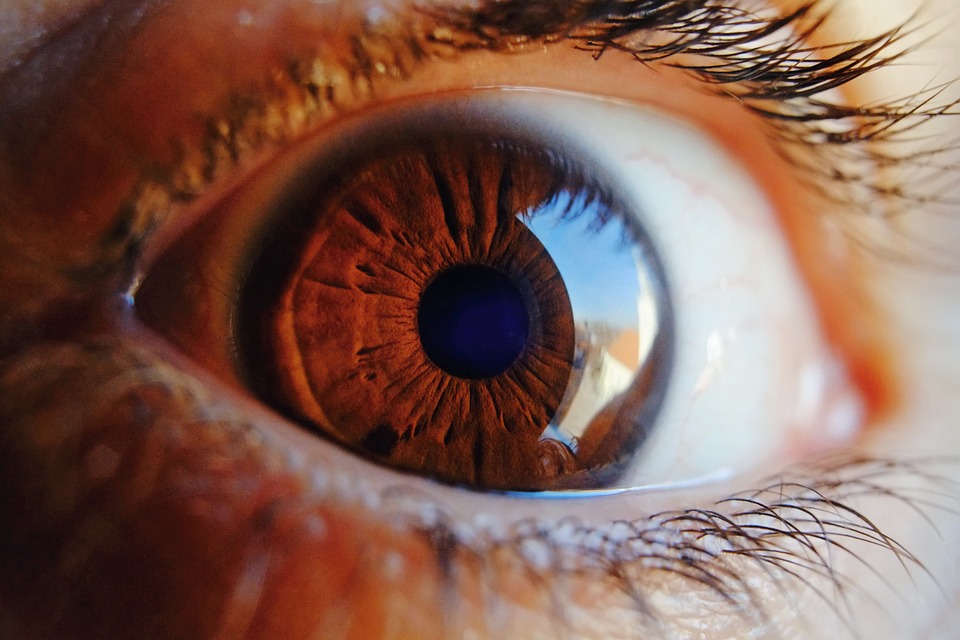Preface
An organ that helps us to see the beautiful nature, our loved ones, and everything that surrounds us. Yes, I am talking about the Amazing facts of eye vision, the anatomy eye. In this post, we will look at the anatomy and functions of the eye. The eye is something like a camera with the highest pixel quality.
Amazing facts about our eye
It is said that when the world is flat and our amazing facts of eye vision, anatomy eye is five feet above the ground, we can see a light that is still a hundred miles away from us. At night, our eye can see a candle flicker that is 48 kilometers away.
Each person’s eyes have unique characteristics like a fingerprint. The fingerprint has only about 40 unique features, while the eye has about 256 unique features. This clearly shows why the security system is so strong with the scan of the iris.

Let us now turn to the anatomy of the eye
The outer covering of the eye as a protective layer, which is transparent in the front, is called the cornea. This layer extends to the back of the eye and is called the sclera; the white of the eye. The cornea is where the light first enters. The image then passes through the iris, which is just behind the cornea.
The cornea is made up of three layers: the inner mucus layer, the middle water layer, and the outer oil layer. These layers keep the eye moist. And it is here that tears are stored. The tears help lubricate the eye.
Eye vision
The iris is the dark tissue that surrounds the pupil. The iris is the part that adjusts your vision to the brightness of the light. The color of your eye is determined by the color of the iris. The pupil is located inside the iris. A small opening is left in the iris for the pupil through which light enters. The intensity of the light falling on the pupil is controlled by the iris.
Retina
Next is the lens through which the image is perceived. The image that falls into the lens is refracted on the retina of the eye [the inner back of the eye]. The lens of the eye can change its focus depending on the distance of the object from the eye. The lens of the eye is called a crystalline lens.
There are muscles, the ciliary muscles, that control the focal length of the lens. These muscles stretch the lens to focus on objects at a distance and squeeze the lens to focus on objects near the eyes.
This is followed by the retina, where the image is received in reverse. The object on which the light falls is captured and passed through the lenses, and the image is refracted on the retina. This area is a light-sensitive area. This is the area where the refracted images are converted into electrical impulses and transmitted to the brain for recognition or recall.
Eye anatomy
The area between the retina and the lens is filled with a colorless fluid called vitreous humor. The eye is also filled with aqueous humor, which divides the eye into two chambers: the anterior chamber [in front of the iris] and the posterior chamber [just behind the iris]. The nerves through which these images are carried are the optic nerves at the back of the eye. There are two types of optic nerves: cones and rods.
The rods are responsible for the peripheral vision of the eye. They are sensitive to dim light. The cones are the nerves that respond to bright light and process the details of an image. These nerves are responsible for color perception.
There is a spot on the retina called the blind spot. When the image is formed in this area, it is not seen because there are no optic nerves to receive any impulse. It is the connection between the optic nerve and the retina.

Macula
The retina also has an area where there is a tiny depression where the cones and rods are located. This area is called the macula. Between the retina and the sclera is a layer called the choroid, which supplies nutrients to the retinal layers, meaning that the retina is supplied with the proper nutrients through oxygen and blood.
Conclusion
Until now we only knew that we see the image and the brain recognizes it in an instant, and now we know how the image is perceived by the eye and what factors come into play in a few split seconds. In the next post, we will look at the diseases that occur in the eye.
Eye diseases and problems // Diabetic retinopathy // Cataract
Natural way to Liver maintenance // Detoxing liver // healthy liver
How to get super brains : Brain activity
Amazing facts of brain : Your brain
